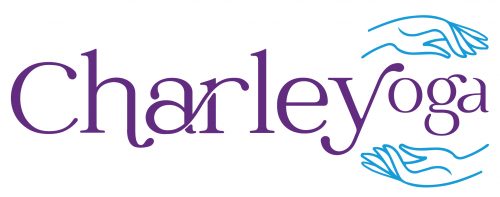
Alternate Nostril Breathing Technique ~ Nadi Shodhana Pranayama
(nadi = subtle energy channel; shodhana = cleaning, purification; pranayama = breathing technique)
Nadi Shodana is an easy and safe breathing technique with some promising therapeutic applications
BENEFITS INCLUDE:
*Balances L/R brain hemispheres
*Clears mind, improves focus
*Slows breathing rate
*Calms the central nervous system
HOW?
This technique has featured in a few studies with various findings:
*There is evidence to support its use to decrease heart rate and breathing rhythm and therefore cause parasympathetic nervous system dominance which creates a feeling of calm (Jovanow, E. 2005).
*It featured in another study which showed that participants had an increase in plasma melatonin levels after 3 months of yoga practice (Harinath, 2004). (melatonin is your naturally produced “sleep drug”)
*It was part of another study that showed improved stress and self-confidence scores in insomnia sufferers without any side effects (Sobana, 2013)
*Enhances respiratory function in school students (Sivapriya, 2010)
TO PRACTICE:
Sit comfortably or lie down if that’s easier. Place the tip of the index finger and middle finger of the right hand in between the eyebrows, the ring finger and little finger on the left nostril, and the thumb on the right nostril. Close off the right nostril gently and breathe in through the left nostril, then breathe back out the right, back in the right and then out the left. Out and in on one side, out and in on other side – follow this lovely pic if unsure & try to keep the breath really natural, no need to force it or lengthen/deepen it in any way. Continue for a few breaths or a few minutes, whatever you are comfortable with, finish with a breath out through the right nostril and pause to notice how you feel.
References
- Jovanow, E (2005). On Spectral Analysis of Heart Rate Variability during Very Slow Yogic Breathing. Engineering in Medicine and Biology Society conference publications.
- Sobana, R. (2013). The Effect of Yoga Therapy on Selected Psychological Variables Among Male Patients with Insomnia. Journal of Clinical and Diagnostic Research, 7 (1), 55-57.
- Harinath, K (2004). Effect of Hath Yoga and Omkar Meditation on Cardiorespiratory Performance, Psychological Profile and Melatonin Secretion. 10 (2), 261-268.
- Shivapriya, D.V., Suba Malani, S. Thirumeni, S. (2010). Effect of Nadi Shodana Pranayama on Respiratory Parameters in School Students. Recent Research in Science and Technology, 2 (11), 32 – 39.
